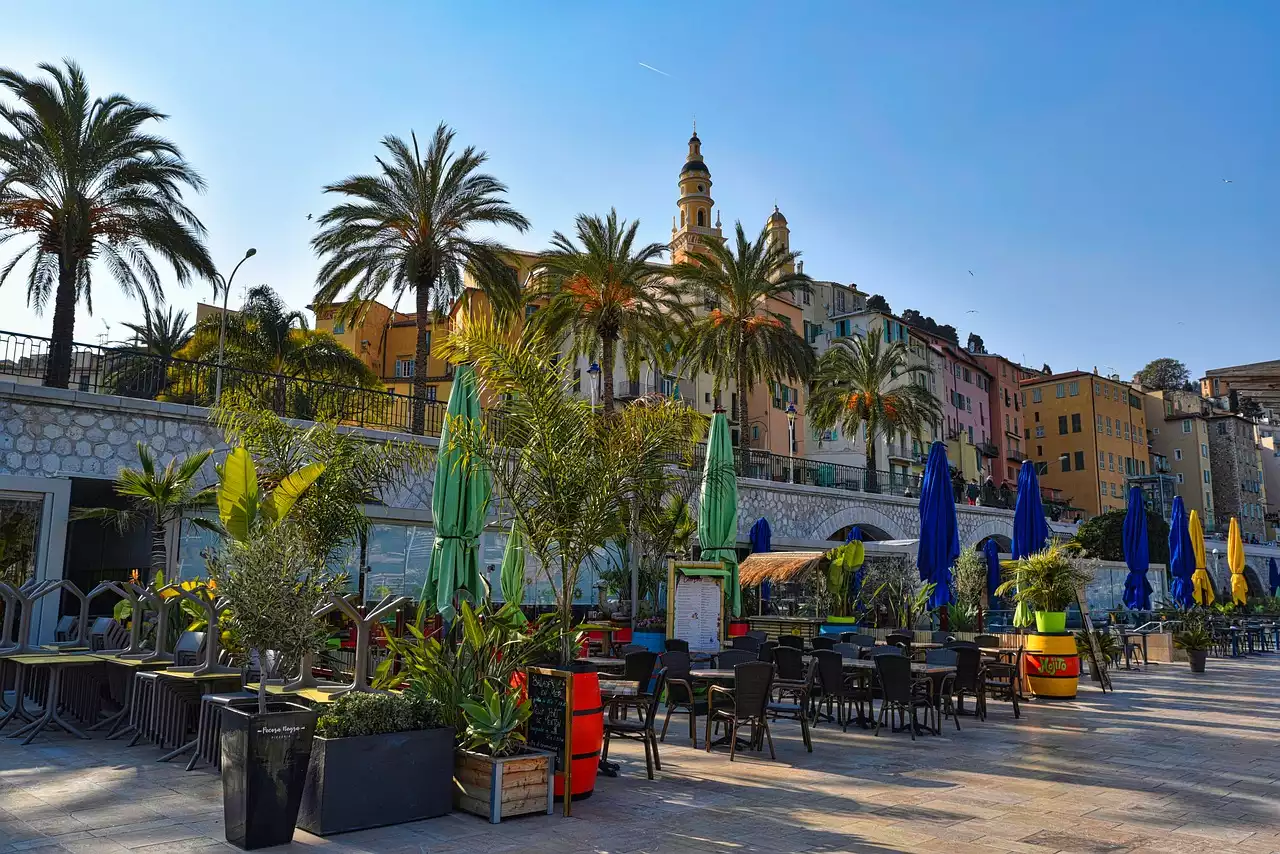In the last few years, there has been a huge increase in the number of people signing up for food-based tour experiences. These immersive dining experiences have become extremely popular among locals and tourists, and restaurants are capitalizing on this trend to drive more traffic to their establishments. This article explores the economic benefits of tourism to local restaurants from a recent increase in visitors traveling for food-based experiences. Whether you operate a restaurant or own another type of business, it’s helpful to know exactly how these trends will affect your business specifically. Keep reading to learn more about the potential benefits of targeting tourists who visit for food-based experiences.
Food Tourism Improves Business
Food tourism is a growing trend among travelers. In fact, according to the Food and Travel Research Institute, this has been one of the top five trends in tourism for four consecutive years. More people are traveling for food, and restaurants that cater to these travelers can expect to benefit in many ways. One of the biggest economic benefits of attracting food tourists is increased revenue. More tourists mean more customers for your restaurant, meaning more money in your pocket. What’s more, these customers are likely to spend more than your average customer. Food tourism is a growing industry, so visitors are often ready to spend more money than your average customer. This is because visitors are usually traveling on a budget and want to get the most out of their experience.
More Restaurants Are Open Late-night
Tourism has played an important role in the shift toward more restaurants staying open late at night. As more and more people travel for food-based experiences, more restaurants are staying open later. Nowadays, you can find some restaurants that are open until the early hours of the morning, catering to late-night snackers and food tourists. The shift toward late-night dining is a huge benefit for food tourists. Many travelers plan their trips around food-based experiences, and not all of these experiences take place during daylight hours. Some food tours take place at night, and some culinary events take place at 9 p.m. or later. In some cities, it’s even possible to take a food tour while strolling down the sidewalk. A shift toward restaurants staying open late at night means that food tourists can enjoy their experiences even if they start after dinnertime.
Tourism Drives Employee Hiring
Food tourism has played a role in the increased hiring of the kitchen staff at restaurants. Visitors who travel for food experiences often have an increased appetite. As a result, restaurants have seen an increase in demand for food and beverage services, which results in an increase in kitchen staff. More tourism means more people dining in restaurants. This means more customers for your restaurant, which translates to more money in your pocket. What’s more, these customers are likely to order more food than your average customer. This means your kitchen staff will likely need to serve more meals. As a result, more restaurants are hiring kitchen staff to keep up with demand.
Free Advertising for Restaurant Shops
Tourism has also led to free advertising for restaurant shops. Many shops that specialize in food-related items, such as coffee or tea shops, offer free samples of their products to customers. This gives those customers the opportunity to taste the product and become familiar with the brand. This often leads to customers purchasing these products while they are on the trip. As a result, food shops in tourist-heavy areas are often filled with tourists who are purchasing products to take home with them. This means more sales for restaurants. More tourists visiting shops that sell food-related items also means more people are likely to visit your restaurant when they get home. This is another way food tourism can boost your restaurant's foot traffic.
Tourism Helps Restaurants Grow and Expand
Food tourism has led to more restaurants growing and expanding their operations. As more people travel to visit foodie destinations, those destinations become more popular. This leads to more tourism, and it also leads to more people visiting nearby cities and towns. As a result, restaurants have seen an increase in customers. More foot traffic means more sales for restaurants, which leads to growth and expansion. More customers also mean more business for shops and other nearby businesses, which also contributes to growth and expansion. What’s more, business growth due to tourism has a ripple effect that impacts even more businesses.
Bottom line
Food tourism is a growing trend that is increasing business for restaurants and benefiting other nearby businesses. When cities and towns become known for their food, they see more tourists and more foot traffic. This means more potential customers for your restaurant. As more people travel for food-based experiences, restaurants are seeing an increase in both foot traffic and spending. This means more money in your pocket. Restaurants that cater to food tourists can expect to benefit in many ways.


 All You Need to Know About Keeping Hamsters
All You Need to Know About Keeping Hamsters
 The Avengers End Game - Highest Grossing Worldwide
The Avengers End Game - Highest Grossing Worldwide Tour Companies Boost Local Economies with Tours and Employment
Tour Companies Boost Local Economies with Tours and Employment The Effects of Tourism in the Entertainment Business
The Effects of Tourism in the Entertainment Business Taxi Companies and The Economic Benefits of Tourism
Taxi Companies and The Economic Benefits of Tourism Souvenir Industry Depends Heavily on Tourism
Souvenir Industry Depends Heavily on Tourism Fast Food Outlets Benefit Hugely from Tourism
Fast Food Outlets Benefit Hugely from Tourism Airports and Public Transport are Essential for Tourism
Airports and Public Transport are Essential for Tourism